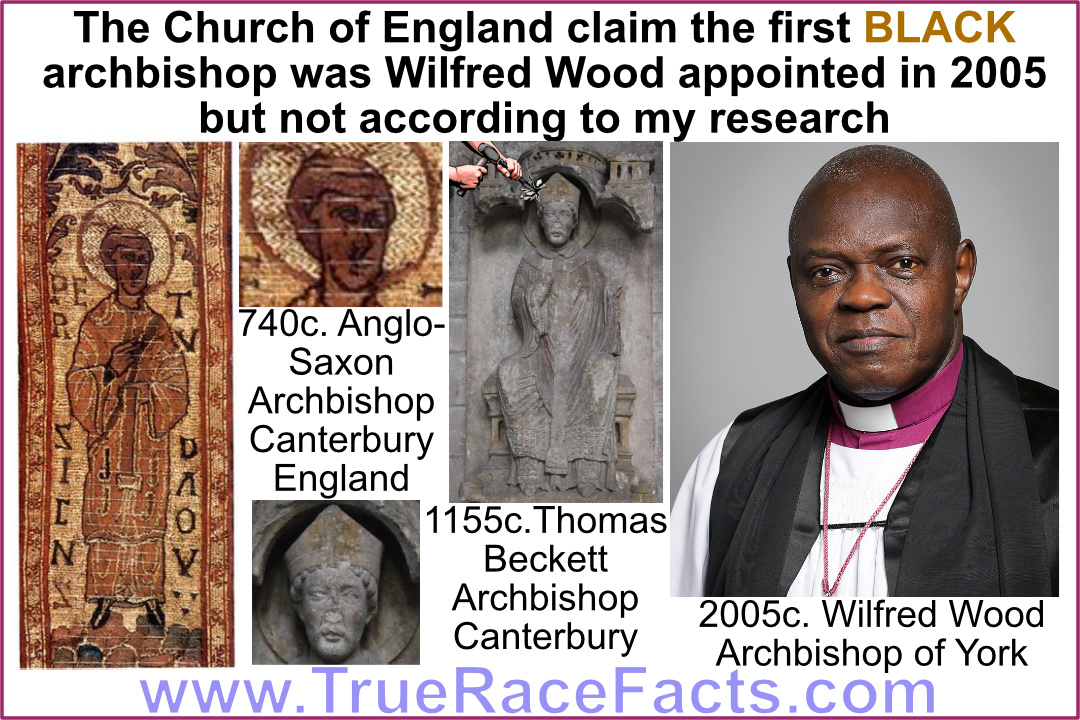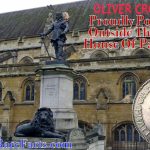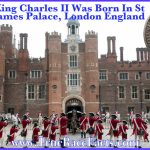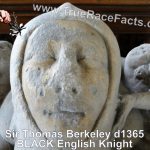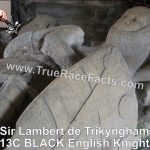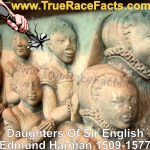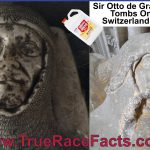Stop Lying – England Had Many BLACK Archbishops Before 2005
- Guinevere Jackson
- 26 January 2023
- 0 Comment
So-called BLACK archbishops of Canterbury and York Have Been WHITED Out Of History AKA Identity THEFT.
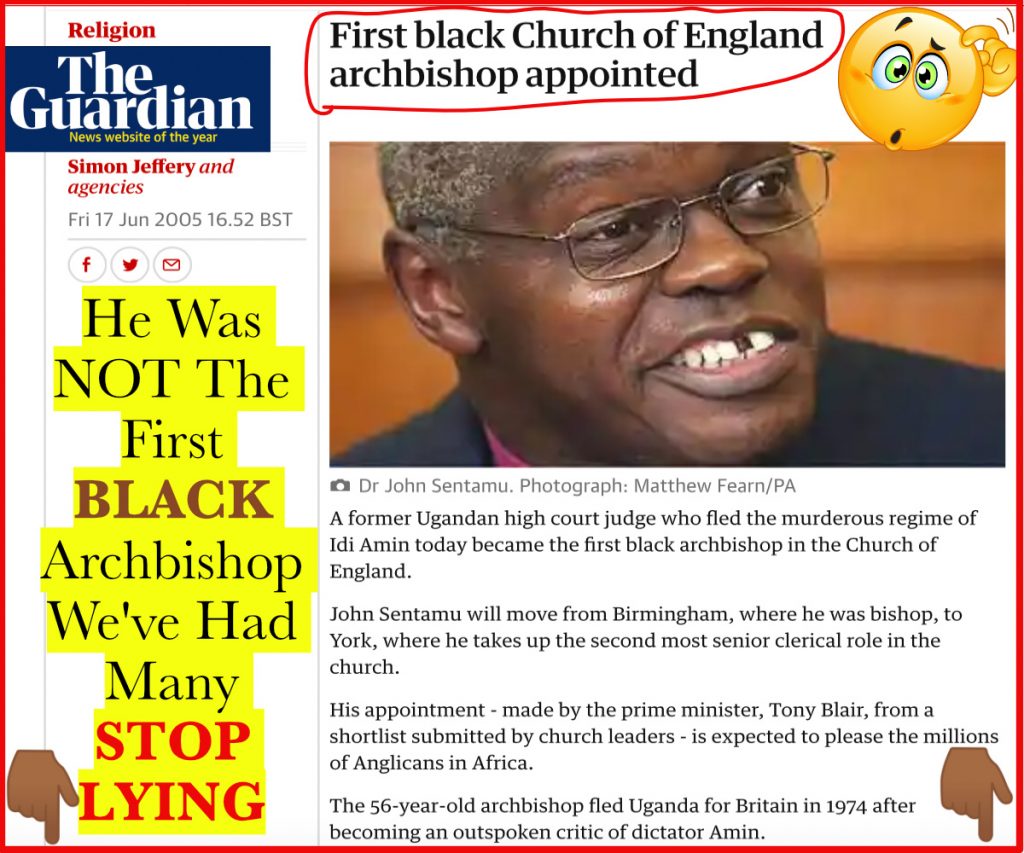
The dominant society of England has made the outlandish claim that John Sentamu was the first Archbishop of England in 2005. My research includes physically inspecting old monuments of past Archbishops, and my findings tell a different story. If they have a face, conveniently, only the nose and lips are destroyed to hide their negroid phenotype. Sometimes the face is destroyed and all paint removed. This is an indication to let you know they wanted to hide his image. You’ll often see a perfect Caucasian face added to a monument. Still, the narrative was that King Henry VIII had them destroyed, yet the caucasian looking monument is in excellent condition. When you go more into the research, historians will admit it is not the original monument but a restored version.
Most, if not all, the Archbishops would’ve been melanated Israelites of the diaspora. The ruling class of England, Ireland and Scotland after the Roman Empire was the so-called BLACK people, which applied to the Archbishops, Kings, Queens and nobility. It was only after the race wars of the 17th century did the Caucasians take over our roles and then attempted to white my people out of history. NOTICE the Church of England website has not claimed that Dr John Sentamu was the first Archbishop. But that is not a good look for the Church of England because they have not corrected the media and told us the truth. Staying silent on who the original Archbishops was is considered lying.
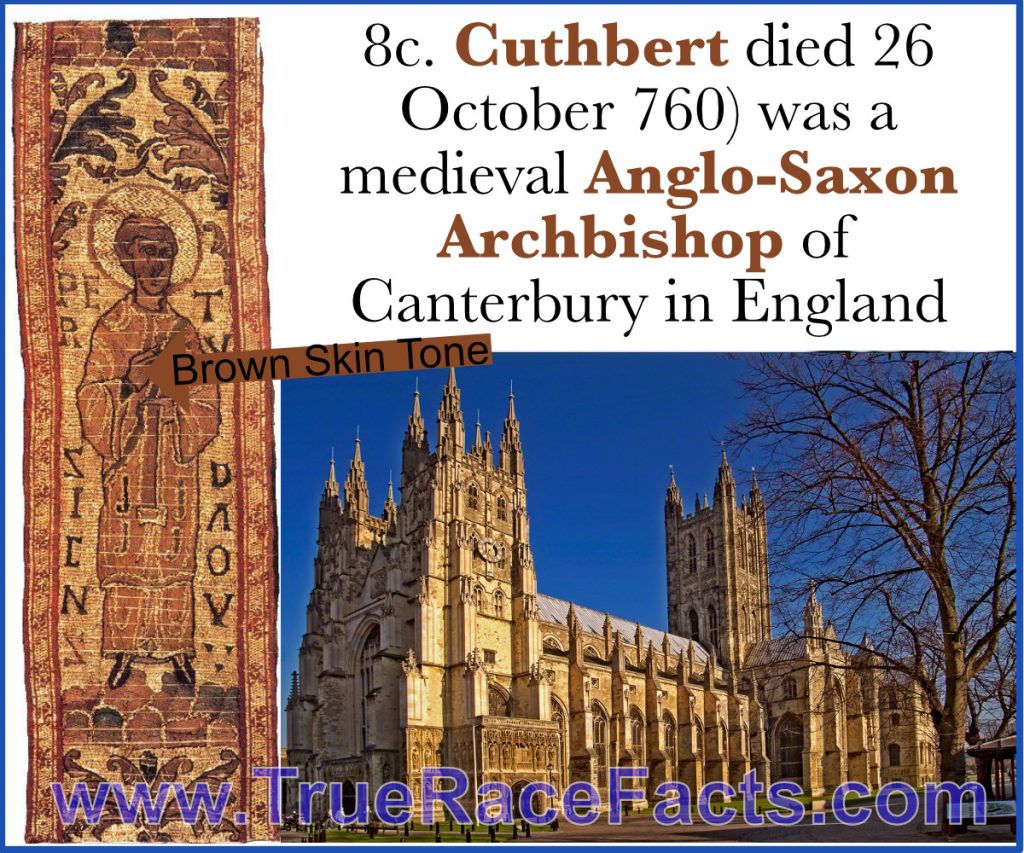
8c. Cuthbert died 26 October 760) was a medieval Anglo-Saxon Archbishop of Canterbury in England. This embroidered stole was inside the tomb of St Cuthbert, which was presented to by King Athelstan
Cuthbert of Canterbury died 26 October 760) was a medieval Anglo-Saxon Archbishop of Canterbury in England. Before his elevation to Canterbury, he was abbot of a monastic house. He perhaps may have been Bishop of Hereford also, but evidence for his holding Hereford mainly dates from after the Norman Conquest of England in 1066.
Cuthbert was Of noble birth. Cuthbert is first recorded as the abbot of Lyminge Abbey, from where he was elevated to the see of Hereford in 736. Cuthbert died on 26 October 760 and was later considered a saint with a feast day of 26 October. He was buried in his church of St. John and was the first Archbishop of Canterbury that was not buried in St Augustine’s Abbey.[ His letters to the Anglo-Saxon missionaries on the European continent show him highly educated.
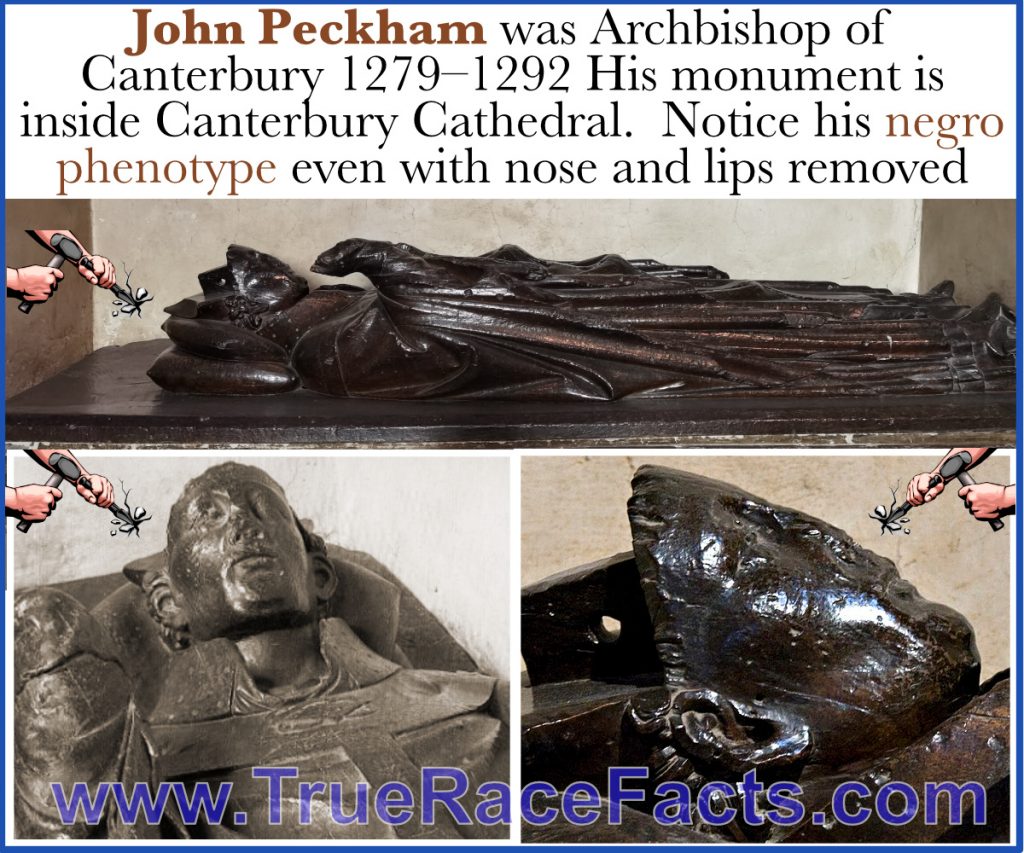
John Peckham was Archbishop of Canterbury from 1279–1292. His monument is inside Canterbury Cathedral. Notice his negro phenotype, even with his nose and lips removed.
John Peckham (c. 1230 – 8 December 1292) was Archbishop of Canterbury in the years 1279–1292. He was a native of Sussex who was educated at Lewes Priory and became a Friar Minor about 1250. He studied at the University of Paris under Bonaventure, where he would later teach theology.
In around 1270, Peckham returned to England, where he taught at the University of Oxford, and was elected the provincial minister of England (Minoriten) in 1275. After a brief stint in Rome, he was appointed Archbishop of Canterbury in 1279. His time as archbishop was marked by efforts to improve discipline in the clergy as well as reorganize the estates of his see. Pluralism, or holding more than one clerical benefice, was one of the abuses that Peckham combatted. He served King Edward I of England in Wales, where he formed a low opinion of the Welsh people and laws. Before and during his time as archbishop, he wrote a number of works on optics, philosophy, and theology, as well as writing hymns. Numerous manuscripts of his works survive. On his death, his body was buried in Canterbury Cathedral, but his heart was given to the Franciscans for burial.
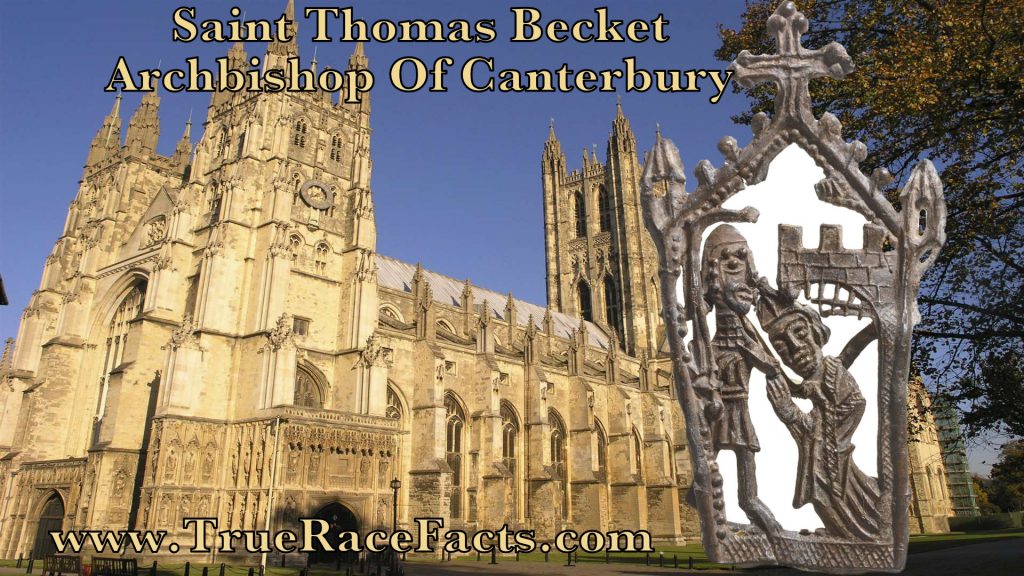
Thomas Becket was one of the most influential men in Britain. Also known as Saint Thomas of Canterbury, Thomas of London and later Thomas à Becket (21 December 1119 or 1120 – 29 December 1170), was an English nobleman who served as Lord Chancellor from 1155 to 1162 and then notably as Archbishop of Canterbury from 1162 until his murder in 1170. The Catholic Church and the Anglican Communion venerate him as a saint and martyr. He engaged in conflict with Henry II, King of England, over the rights and privileges of the Church and was murdered by followers of the king in Canterbury Cathedral. Soon after his death, he was canonised by Pope Alexander III.
The design was ordered by King James VI and I to be used on ships on the high seas, and it subsequently came into use as a national flag following the Treaty of Union and Acts of Union 1707, gaining the status of “the Ensign armorial of Great Britain”, the newly created state. It was later adopted by land forces, although the blue of the field used on land-based versions more closely resembled that of the blue of the flag of Scotland.
The flag consists of the red cross of Saint George, patron saint of England, superimposed on the Saltire of Saint Andrew, patron saint of Scotland. Its correct proportions are 3:5. The blue field on the flag was sky blue at first, but over time, the blue began to darken.
The flag’s official use came to an end in 1801 with the creation of the United Kingdom of Great Britain and Ireland. At that time Saint Patrick’s Flag was added to the flag of Great Britain to create the present-day Union Flag.
[1] Flag of Great Britain. (2023, January 8). In Wikipedia. https://en.wikipedia.org/wiki/Flag_of_Great_Britain
“The earth is given into the hand of the wicked: he covereth the faces of the judges thereof; if not, where, and who is he?”
Job 9: 24 KJV


